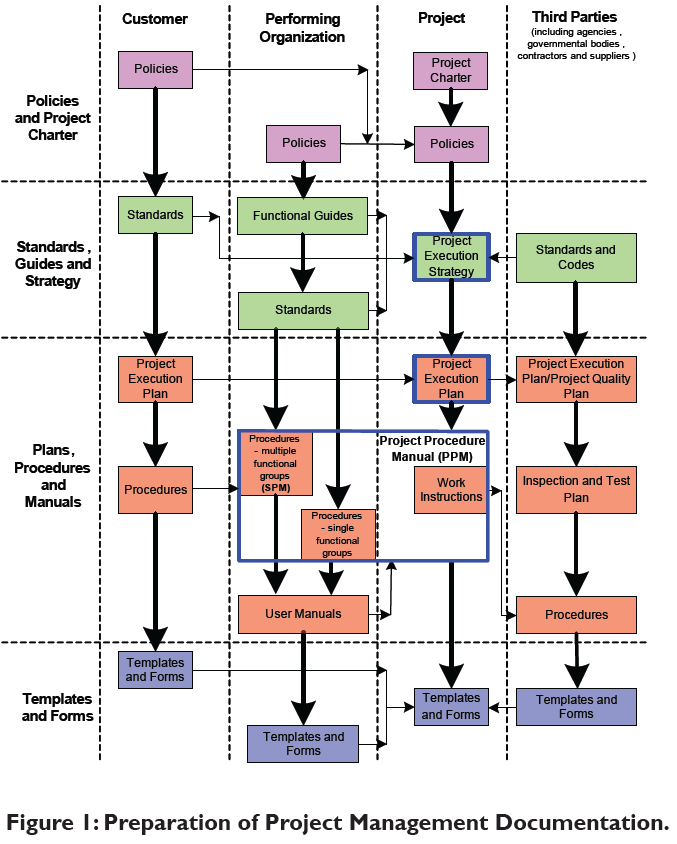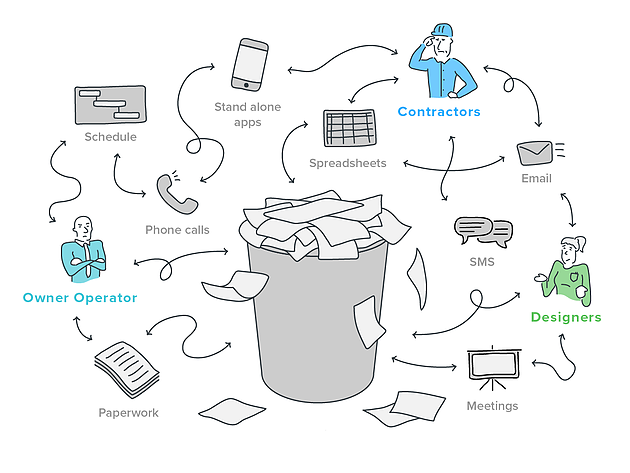Reliable Construction Document Management Solutions for Every Project
Architect's Guide to Simplifying Building Paper Management for Reliable Project Execution
In the elaborate globe of style and construction, the efficient administration of task paperwork stands as a cornerstone for success. Designers are entrusted with juggling a myriad of illustrations, contracts, reports, and specifications, all essential parts for bringing a project to fulfillment. However, the procedure of organizing, sharing, and maintaining these files can often end up being a maze of inefficiencies and obstacles if not managed meticulously. By exploring organized strategies, cutting-edge devices, and market best practices, engineers can not just simplify their record monitoring procedures however likewise lead the way for a lot more efficient task execution. Let's navigate via the key strategies and options that can revolutionize how architects manage building and construction documents, making sure projects are delivered with precision and timeliness.
Importance of Effective Document Administration
Efficient record management is vital for designers in the building and construction industry as it plays a pivotal function in guaranteeing the effective implementation of jobs. Appropriate organization and monitoring of these papers are critical to keep project timelines, make certain compliance with regulations, and promote efficient communication amongst project stakeholders.

Efficient record management makes it possible for architects to gain access to essential information immediately, track task progression precisely, and minimize dangers associated with errors or omissions. By applying structured record administration processes, engineers can boost cooperation with customers, contractors, and other team participants, resulting in boosted task results and client complete satisfaction.
Furthermore, reliable paper administration helps engineers preserve an extensive project background, enabling them to leverage past lessons and experiences discovered for future projects. In today's busy building industry, where prompt decision-making and information sharing are extremely important, effective file management is a keystone for success.
Methods for Improving Document Company
Reliable paper monitoring methods not only make sure task success for designers in the building industry yet additionally lay the structure for implementing strategies for streamlining record company. To enhance record organization efficiently, engineers need to initially develop a clear identifying convention for folders and data. Uniformity in naming documents based upon job stages, record kinds, and appropriate details will assist in very easy retrieval and minimize confusion.
Making use of cloud-based storage space solutions can also enhance file organization by offering a centralized location for all project-related files - construction document management. This allows employee to access one of the most current documents from anywhere, advertising cooperation and performance. Executing version control mechanisms further refines document company by tracking adjustments, preventing contrasting edits, and making certain that the newest versions are constantly readily available
In addition, developing a sensible folder framework with assigned subfolders for various paper classifications, such as agreements, illustrations, and specifications, can improve paper monitoring processes. Consistently examining and purging redundant or obsolete files will certainly assist keep a lean and orderly document database, ultimately boosting efficiency and project end results.
Leveraging Technology Tools for Partnership
In the realm of modern-day style, designers are increasingly counting on innovative innovation tools to cultivate seamless cooperation amongst job stakeholders. Leveraging technology for cooperation enhances communication, enhances performance, and boosts general project end results. Cloud-based platforms such as BIM 360 and Procore permit real-time accessibility to project records, allowing professionals, customers, and engineers to collaborate properly despite their physical location. These tools help with simultaneous editing and enhancing, variation control, and instantaneous updates, reducing delays and errors created by miscommunications.
Online design and construction (VDC) software like Revit and AutoCAD Style make it possible for engineers to produce comprehensive 3D designs that can be shared and edited collaboratively. This real-time collaboration boosts layout visualization, accuracy, and coordination, causing much better decision-making throughout the task lifecycle. Furthermore, interaction tools like Slack and Microsoft Teams provide instantaneous messaging, data sharing, and video clip conferencing abilities, fostering smooth communication amongst staff member and stakeholders.
Guaranteeing Precision and Version Control

Effective variation control also helps in handling record approvals and making certain that only accredited workers make modifications. Architects must establish clear procedures for documenting modifications, consisting of timestamps and user recognition, to create an audit path for accountability. Frequently connecting with the job team regarding version updates and adjustments is necessary to avoid confusion and keep positioning throughout the building process.
Ideal Practices for Record Sharing and Accessibility
Having actually developed a durable system for variation control in construction document management, architects can now focus on enhancing file sharing and gain access to techniques to improve partnership and effectiveness among project stakeholders. These platforms offer real-time access to project files, making it possible for team members to view, modify, and comment on documents simultaneously.
Additionally, carrying out role-based access control is important for maintaining information protection while promoting partnership. Assigning various approval levels to team participants makes sure that sensitive details is just available to accredited workers. On a regular basis updating access approvals based upon project needs and team changes is critical for Recommended Site preserving data integrity.
Incorporating project monitoring software program with paper sharing systems can likewise enhance operations. This combination permits smooth communication, task tracking, and paper administration within a single interface, lowering the requirement to change in between multiple devices. By following these finest techniques, designers can develop a more effective and joint document sharing atmosphere, inevitably resulting in effective task execution.

Final Thought
To conclude, efficient construction record monitoring is vital for effective job execution. By implementing strategies for company, leveraging modern technology tools for partnership, guaranteeing precision and variation control, along with complying with finest methods for file sharing and accessibility, designers can improve their operations and enhance overall job efficiency. Focusing on these elements of document administration will cause smoother project implementation and much better end results for all stakeholders included.
Efficient paper management is necessary for designers in the building and construction industry as it plays a crucial role in making sure the successful execution of tasks. construction document management. Proper company and management of these files are vital to keep project timelines, make certain compliance with laws, and help with reliable communication amongst job stakeholders
Efficient record administration methods not only make sure project success for designers in the building and construction market however additionally lay the foundation for carrying out strategies for simplifying file organization. One essential strategy is developing a centralized file database where all group participants can access the most recent variations of drawings, specifications, and other job papers.Having actually developed a durable system for variation control in building and construction document management, designers can now concentrate on maximizing document sharing and access methods to improve partnership and performance this contact form among project stakeholders.